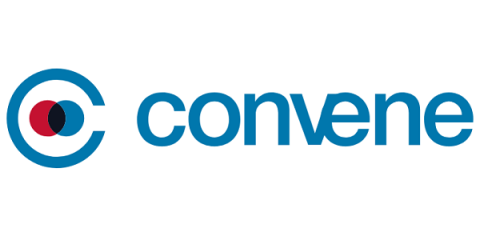Teams | Collaboration | Customer Service | Project Management
Latest News
What Is Customer Service Experience?
To win over today’s customers, delivering good customer service alone is not enough. You also need to create a great customer service experience. Customer service experience is defined as the overall experience a customer has interacting with your company throughout their journey. Brands like Zappos and Amazon are loved by their customers for the memorable customer service experiences they deliver.
7 Top CIO trends that will emerge in 2021
Now that we’ve settled into 2021 there is a much wider recognition that technology made a significant difference this past year and will do so in the coming years for business as well as individuals. Everyone has predictions for what technologies CIOs should prepare for and admittedly most of them are accurate. However, there is more to preparing for the future than just technology.
Customer service automation in the Public Sector
Customer service automation technology is commonplace in every sector, from artificial intelligence (AI) engines used to front-end a customer interaction and problem diagnosis, to ‘chatbots’ and robotic process automation (RPA) of transactions. The efficiency benefits are clear enough, but there are differences between the public and the private sectors that makes the adoption of these new technologies a little different. The key differences lie in complexity and risk.
Critical Factors to Consider When Choosing Boardroom Technology
Using the right boardroom technology is of utmost importance when shifting from physical to virtual board meetings. One of the most important factors to consider to make sure you choose the right technology is security.
Time Management for Work: 10 Quick Tips to Boost Productivity
Want to learn time management for work? In today’s hyper-competitive work environment, time management is important for both the employer and the employee. How? Employers have to set smart goals and prioritize their tasks. They need to track their project progress and complete their deliverables on time to succeed. On the other hand, when employees become more conscious of how they spend their time, they can take steps to optimize work performance.
Client Management: How To Convert & Keep Clients in 2021 | Teamwork
How to convert (and keep) clients using client management Running a profitable company isn’t just about bringing clients in—it’s about keeping ‘em around, too. We all know the stats back this up. Time and time again, we’ve been told that it costs about five times more to attract new clients than keep old ones, and increasing retention rates by just 5% can boost profits from 25% to 95%. Sounds good, huh. So, how can you convert and keep clients in your portfolio?
Client Management: How to covert and keep your customers in 2021
How to convert (and keep) clients using client management Running a profitable company isn’t just about bringing clients in—it’s about keeping ‘em around, too. We all know the stats back this up. Time and time again, we’ve been told that it costs about five times more to attract new clients than keep old ones, and increasing retention rates by just 5% can boost profits from 25% to 95%. Sounds good, huh. So, how can you convert and keep clients in your portfolio?
What's new in Slack: mobile video calls, DMs with external partners and more
Handy new features to help your teams work better – with anyone and from anywhere
The 4 Types of Collaboration Habits That Make Information Security Breaches an Inevitability
Because of the ongoing COVID-19 pandemic, more people are working remotely than ever before. On the one hand, productivity hasn't really suffered as there are a large number of cloud-based tools that make it possible to be just as productive outside of the office as you are in it. But on the other hand, there are also certain types of collaboration habits that make security breaches no longer a matter of "if" but "when." Understanding what these are is the best way to avoid them at all costs.










